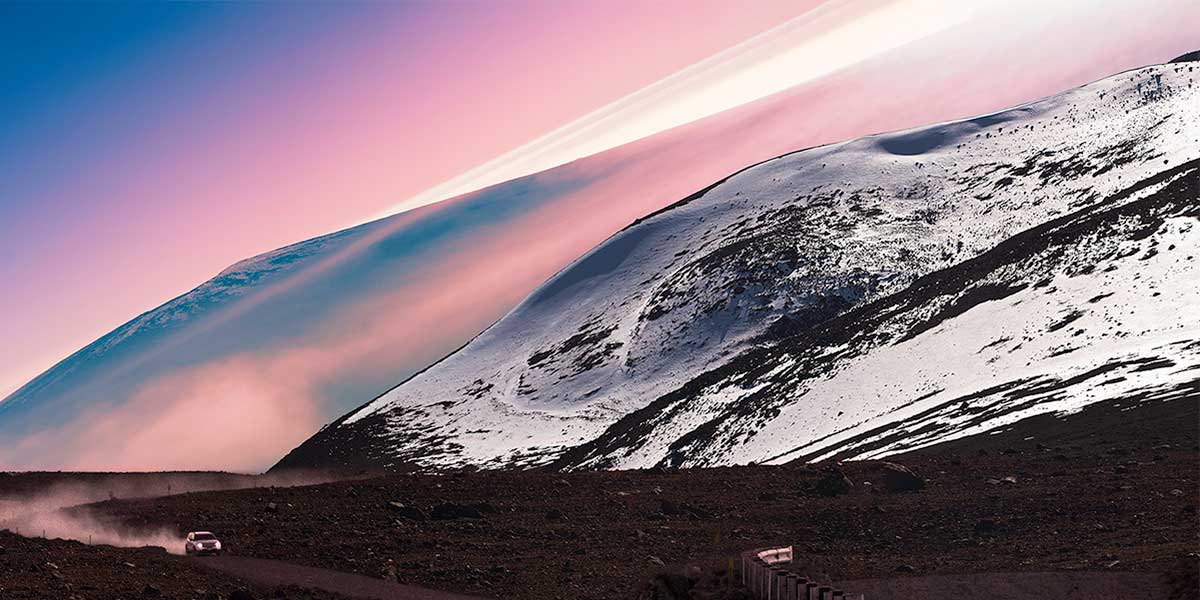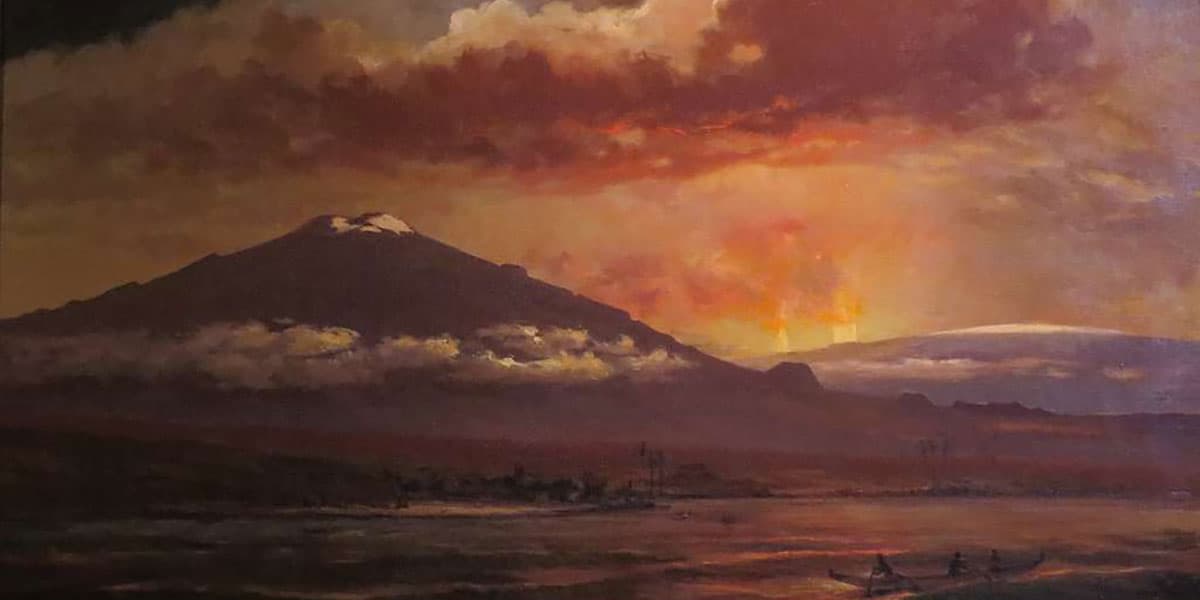Mauna Loa Facts and Folklore
Mauna Loa is one of the most well-known and active volcanoes in the world, located on the Big Island of Hawaii. It is the largest active volcano on Earth in terms of volume and area covered, and it is also one of the most active volcanoes in the world in terms of eruptions. Mauna Loa has erupted 33 times since 1843. Mauna Loa is a beautiful and fascinating place, with a rich history and culture surrounding it. The indigenous Hawaiians have long revered Mauna Loa as a sacred mountain, and it has also played a significant role in the scientific study of volcanoes and the Earth’s internal processes. In this blog, we will delve into the history, geology, and current activity of Mauna Loa, as well as explore the cultural and environmental significance of this majestic and powerful volcano. Guests at our Hawaii bed and breakfast can easily visit Mauna Loa as it is within a short drive of our property.
Mauna Loa Facts: How It Stands Apart
Mauna Loa Facts # 1: Size
– Mauna Loa means “long mountain” in Hawaiian, an apt description for its otherworldly size. It towers above all other volcanoes as the largest active volcano in the world – its volcanic slopes encompass roughly half of the Big Island, at over 1,900 square miles in surface area
Mauna Loa Facts # 2: Age
– Mauna Loa formed between 600,000 and 1 million years ago, making it a relative newcomer in the Hawaiian island chain. In comparison, Kauai’s volcanic activity ceased nearly 4 million years ago. To dive deeper, see our post about the ancient volcanic history of the various Hawaiian islands.
Mauna Loa Facts # 3: Summit
– Mauna Loa’s summit measures 13,679 feet above sea level. However, it also extends 19,700 feet below sea level, making it famous for being taller than Mount Everest.
Mauna Loa Facts # 4: Volcanic Type
– As a shield volcano (the other three volcano types are cinder cones, composite volcanoes, and lava domes), the slopes of Mauna Loa have a gentle and gradual grade formed by its recent-in-history lava flows. Its lava is made of basalt from the Earth’s mantle and is low in viscosity, producing fast-moving flows during its eruptive events.
Mauna Loa Figures: An Unpredictable Story Told Through Earthquakes & Eruptions
Mauna Loa Facts # 5: Number of Eruptions
– Mauna Loa has had 33 documented eruptions since 1843. The eruption in 1843 is known as an “explosive eruption,” characterized by particularly violent and far-reaching lava flows. No eruptions since then have fallen into this category, but its future activity is impossible to predict.
Mauna Loa Facts # 6: Earthquakes
– One of the many ways volcanologists gauge a volcano’s propensity to erupt is by tracking seismic activity. In the months leading up to every significant eruption, including the one that began two weeks ago, increasing quake activity occurs below the volcanic surface. Seismic tremors at Mauna Loa ramped up to 40-60 quakes a day in September of this year, a surefire sign of magma rising from deep within.
Mauna Loa Facts # 7: Periods of Activity and Inactivity
– Before the active lava flows of the last two weeks, Mauna Loa had been quiet since 1984. There have only been three eruptions since 1950 (1975, 1984, and now 2022), but before 1950, Mauna Loa erupted every 3-4 years on average.
Mauna Loa Folklore: The Realm of Fire and Goddesses
Pele – As the goddess of fire and volcanoes,
Pele commands the utmost reverence. Hawaiians believe she formed all the islands, embodied in the lava that brought them into being. Although believed to reside in the neighboring volcano, Kilauea, her presence extends to Mauna Loa.
Sister goddesses
– Mauna Loa and nearby Mauna Kea – whose summits have temperatures 30 degrees below those of Hilo – get measurable snowfall between December and February. Poli’ahu, the Hawaiian goddess of snow, is believed to quarrel with her sister Pele, bringing snow in contrast to Pele’s fire.
White dog
– In one of the more fascinating folk tales about Mauna Loa, Pele sent a white dog to warn her family of impending eruptions. And as recently as the 1950s, people spotted a white dog wandering the slopes of Mauna Loa, only to disappear and reappear years later.
Stay with us and experience the massive and magnificent Mauna Loa in person!


